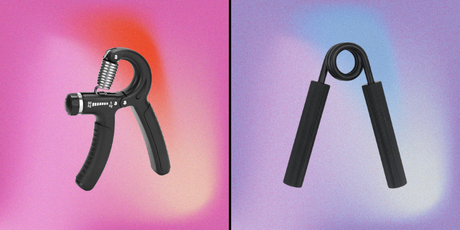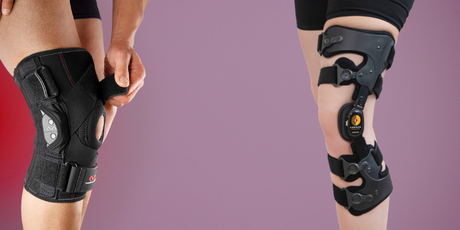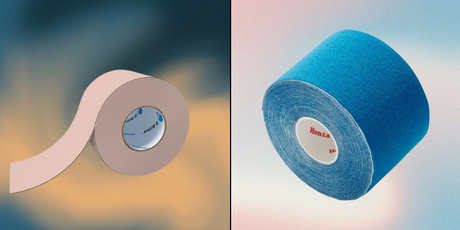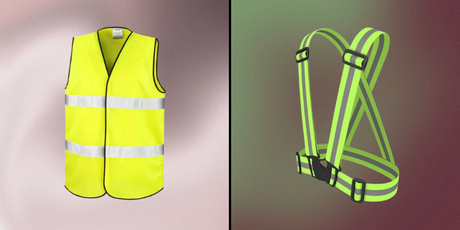Pelvic pain is a common and often painful condition that affects many women during pregnancy. It can cause discomfort in the pelvis, pubic bone and lower back, which can affect everyday life. Here's a detailed look at the causes, symptoms and how to relieve the discomfort.
Causes of Pelvic girdle pain
Contractions occur mainly due to hormonal changes that take place during pregnancy. The hormone relaxin causes the joints, especially in the pelvis, to become more mobile to prepare the body for labour. This leads to instability of the pelvis and other areas such as the pubic bone and lower back, which can cause pain.
Symptoms of labour contractions
The most common symptoms of joint loosening include:
-
Pain in the pelvis and lower back: The pain may be felt as an aching sensation or shooting pain, often around the pubic bone or lower back.
-
Pain on movement: Pain may occur when walking, bending or turning in bed.
-
Difficulty moving: In some cases, women may experience difficulty moving their pelvis or legs without feeling pain.
-
Variation in pain levels: Pain can vary depending on the day or activity. Many women find that the pain is milder in the morning but worsens during the day or after prolonged standing.
Treatment and Relief
There are several treatments and methods that can help to alleviate the symptoms and manage the condition.
1. Physiotherapy and Customised Exercises
- Exercising the deep abdominal muscles can help strengthen and stabilise the pelvis. Exercises that are customised for pelvic pain can reduce pain and improve pelvic mobility.
- A physiotherapist can provide specific exercises to strengthen the muscles around the pelvis, back and abdomen, which can relieve pain and prevent further problems.
- Exercises that improve posture and body mobility, such as keeping your back as straight as possible, are also good for relieving pressure on the pelvis.
2. Pelvic girdle
- A pelvic girdle can provide extra support to the pelvis and relieve pressure on the joints. This belt can be particularly helpful during prolonged periods of standing or walking, as it helps to keep the pelvis stable.
3. Relief and correct posture
- Try to avoid standing for long periods or lifting heavy objects. When sitting or standing, it is good to remember to keep a straight posture, which reduces stress on the pelvis and back.
-
Pillows between the knees when resting or sleeping can also help give the pelvis the support it needs to reduce pain and stiffness.
4. Pain relief
- For mild pain, a heat treatment, such as a warm bath or heating pad on the pelvis, can relieve pain and stiffness. If the pain is more severe, doctors may recommend mild pain relief such as paracetamol.
Preventive measures
Although it's not always possible to completely avoid prolapse, you can reduce the risk of it becoming more severe by
-
Strengthening your muscles: Regular exercises to strengthen your abdominal and back muscles can improve your posture and pelvic stability.
-
Wearing good shoes: Avoid high heels and instead choose comfortable, supportive shoes that provide good stability.
-
Correct sleeping position: Sleeping with a pillow between your knees can reduce pressure on your pelvis and help relieve pain during the night.
Pelvic pain is a common problem during pregnancy, caused by hormonal changes that make the pelvic joints more mobile. Symptoms include pain in the pelvis, pubic bone and lower back, especially with movement. Treatment can include physiotherapy, exercises, use of a pelvic girdle and pain relief. Following the right exercises and maintaining good posture can help relieve pain and improve mobility. If the pain is severe or persistent, it is important to seek medical attention and get the right help.












